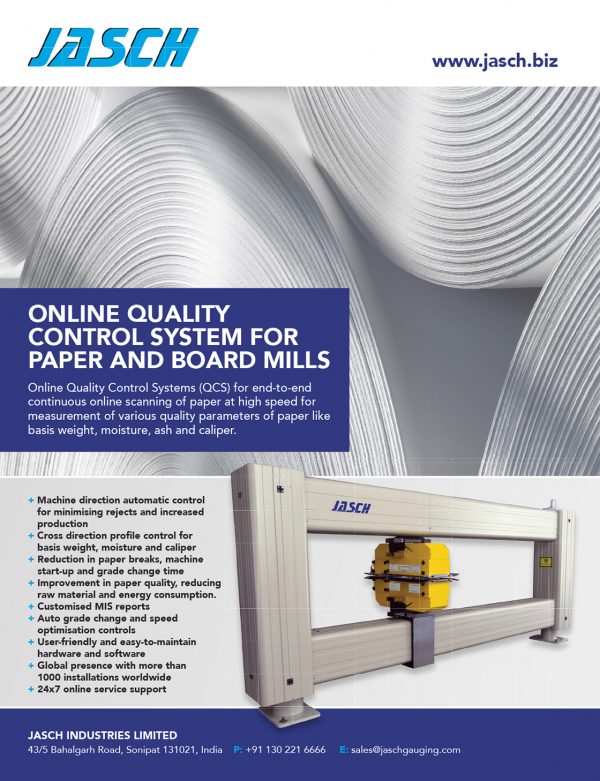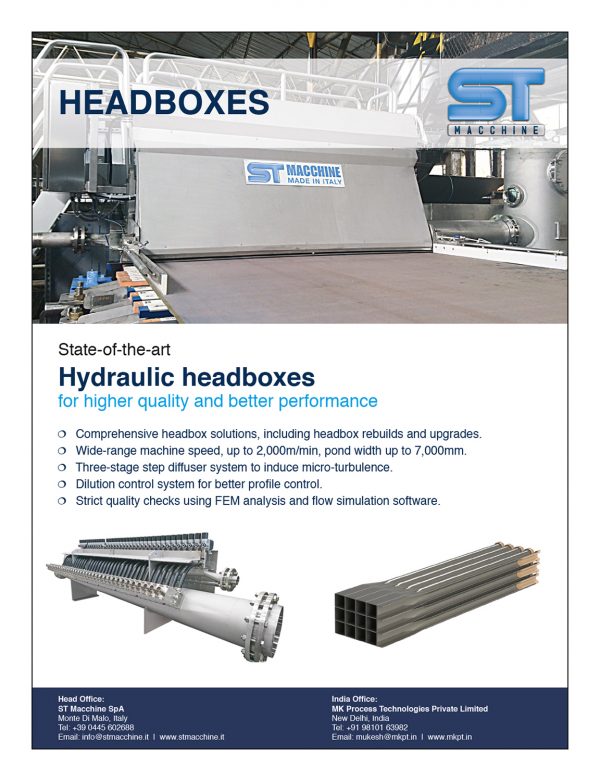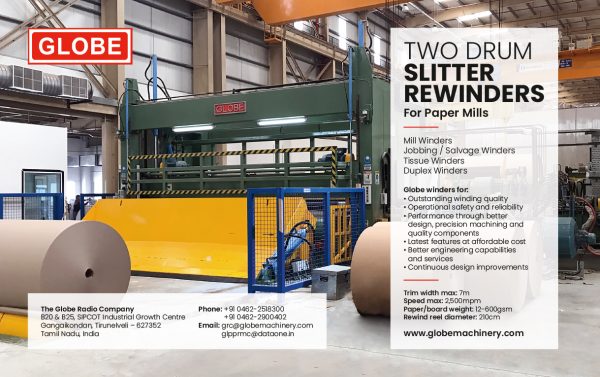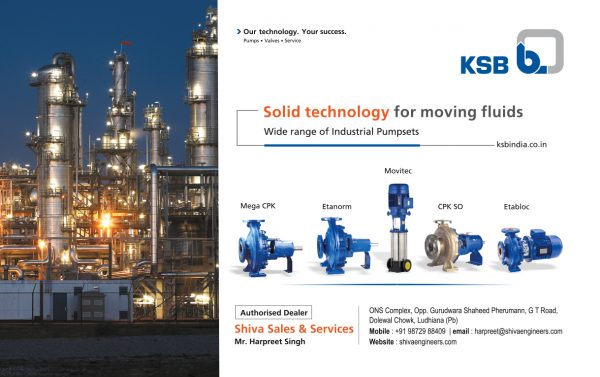After spending many years studying medicine and preparing to enter the demanding and rarefied world of medical practice, it seems counterintuitive that someone would simply drop it all and pursue a career as an entrepreneur in an industry they know little about. But not to Ajay Satia, who did just that almost 40 years ago.
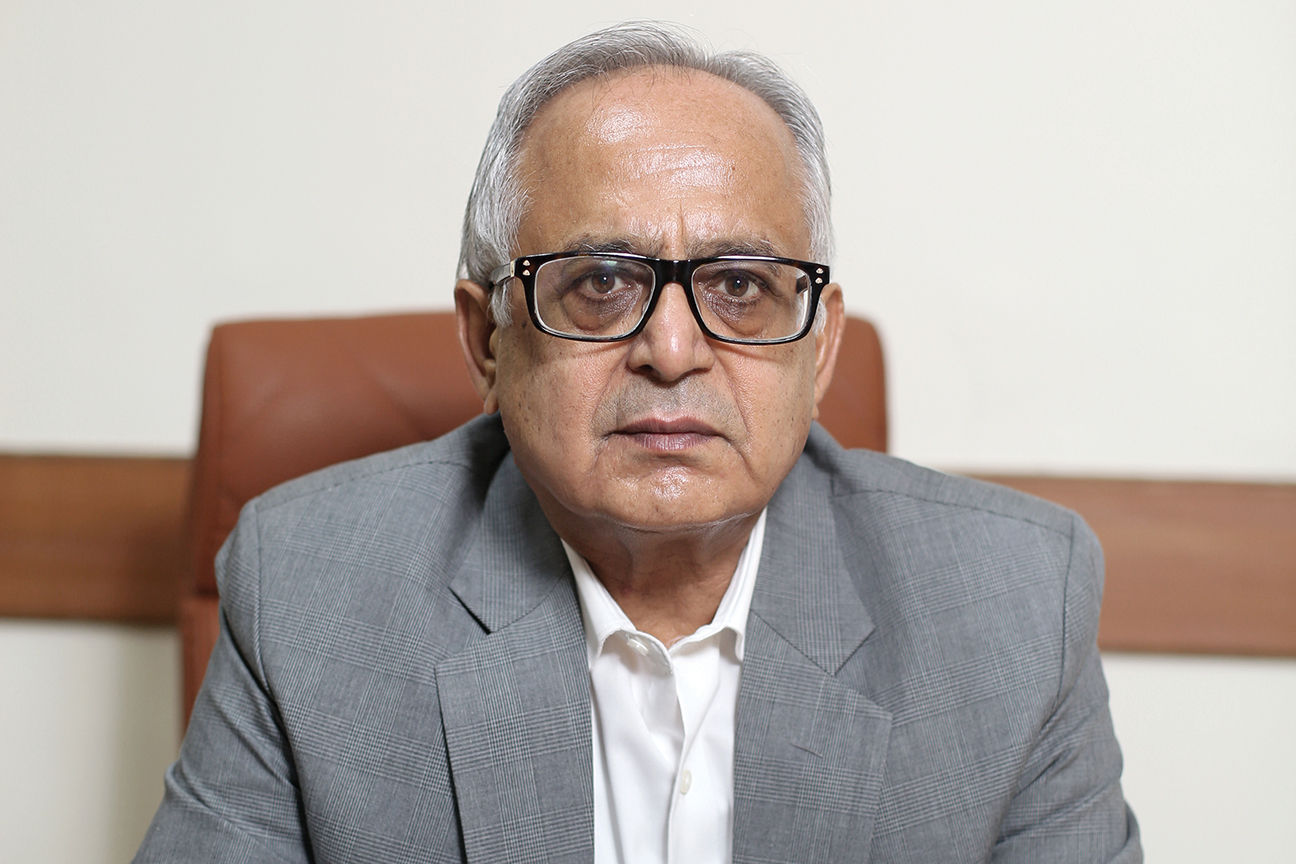
His jump into the unknown was partly a reaction to family pressure, but it was also a leap into an exciting and unpredictable world that was held up to him by a friend as a challenge, and a path to fortune – if he succeeded.
Succeed he did. Ajay can now look back on four decades of business in paper manufacturing with pride, becoming a leading light in the industry as Chair and Managing Director of Satia Industries Limited, and an environmental pioneer in helping to transition the sector to much cleaner and more sustainable operations.
“I am a doctor by profession. I did my MBBS at the Government Medical College in Patiala,” he tells. “I eventually left my postgraduate study to start this business. I wanted to go abroad, which my father objected to, but then I met a friend who was installing a Sewa paper mill, which is now owned by Ballarpur. He used to show me his business figures every day, so I decided to take on a challenge and join the paper industry. I started by installing a second-hand plant, and our first production run made almost 10-15 tonnes on the machine.”
Once you start building a business, it is like planting a tree; you feed it and work on it daily, so you grow to love it.
Ajay incorporated the business in 1980 as Satia Paper Mills Limited. The company finally went into commercial production in 1984 with imported paper machines capable of an annual capacity of 6,600 tonnes.
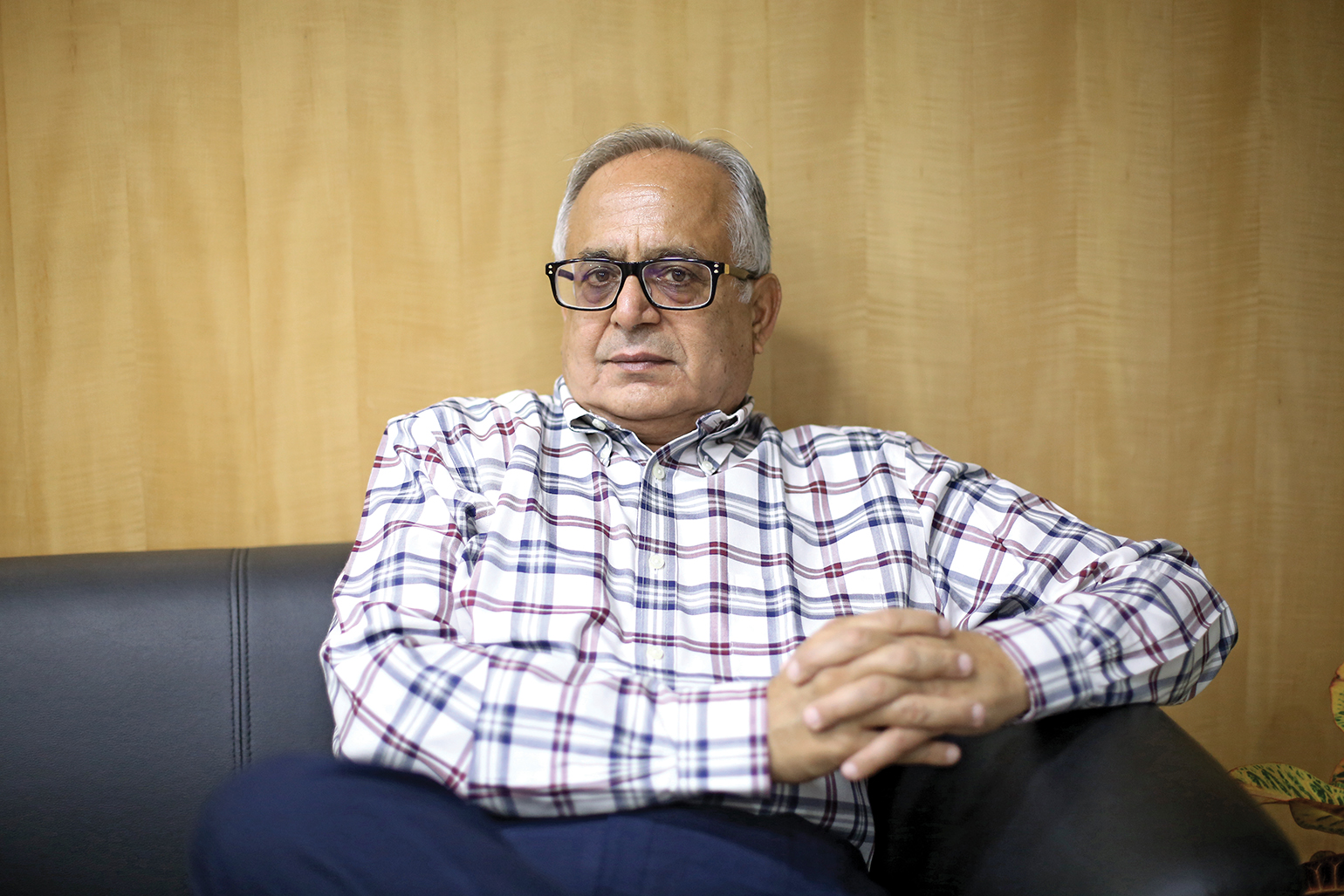
The company has since increased that capacity to approximately 130,000 tonnes per annum today, and exports paper to Europe and the Middle East. It also produces electricity every day from its own Cogen plant, and sells the surplus power not used in its plants.
Ajay’s entry into business fired a passion that burns just as brightly today as it did all those years ago. He loves the business, with all its challenges and thrills, just as much now as he did when he began, and he looks at his creation as much more than simply a business.
“Once you start building a business, it is like planting a tree; you feed it and work on it daily, so you grow to love it. This is like my first child – I like to call it that,” he effuses.
“I love it when my paper turns into paper money.” The company also provides the ideal outlet for Ajay’s penchant for perfection. He constantly seeks the best in himself, and expects the same from the company. This manifests itself in a desire for the finest products, but also in the methods used to produce them.
He is always restless for improvements in factory performance and never hesitates to invest where he sees opportunities to reach higher.
“In medicine, I wanted to be at the top of the profession. It’s the same way in the paper industry; I wanted to be the top manufacturer, so I kept upgrading the units all the time,” Ajay shares.
“I started my career with 10 tonnes of production, and I kept on the upgrade path. Now, the same machine that was making 10 tonnes is making over 100 tonnes. I have put all the new technology on it, like steam conservation, Brunnschweiler screening and a hood. I’m so passionately tied to the unit, and I want it to be at the top technologically.”
Environmental performance
Ajay has long been an advocate of better performance through technology; it’s a subject raised several times during his interview with The CEO Magazine. He enthusiastically pursues new developments to improve Satia Industries’ utilisation of resources, and is a regular visitor to exhibitions and other manufacturing plants to learn more.
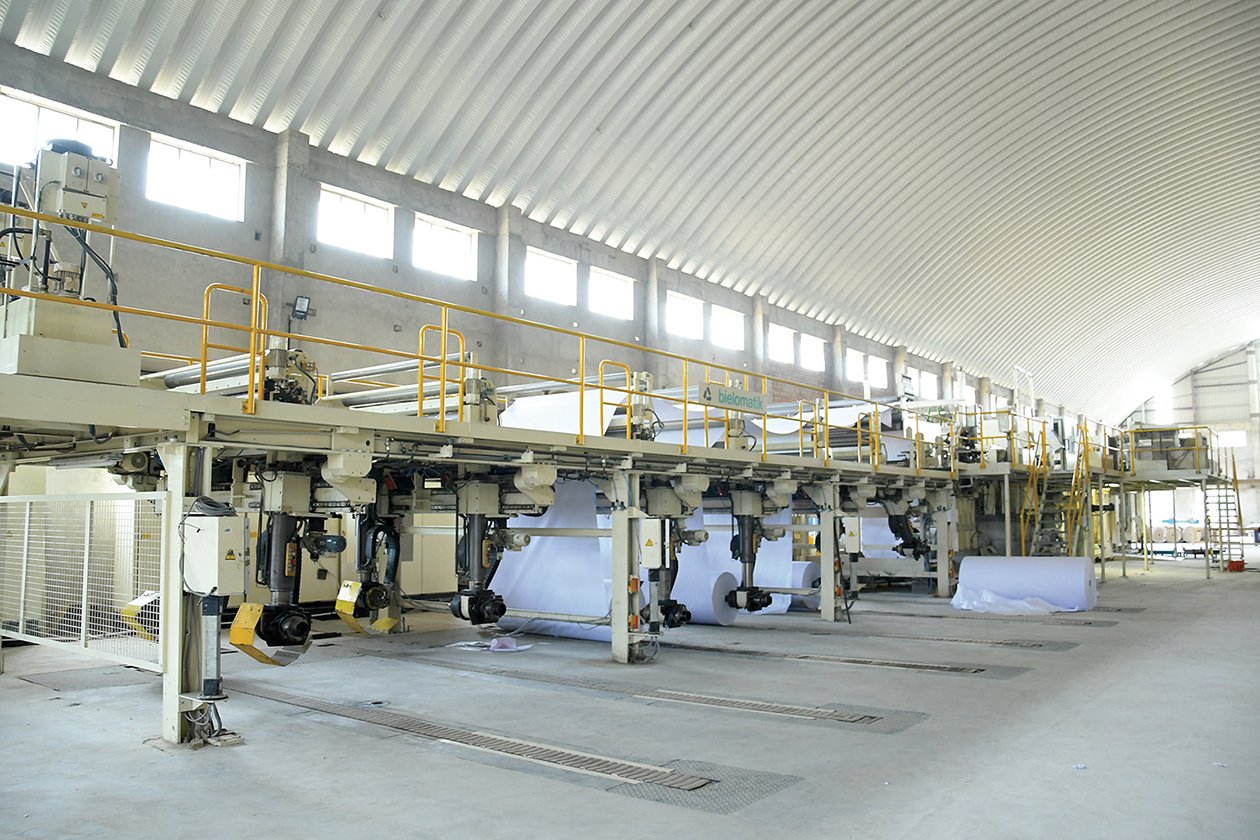
Ajay is also a proponent of improving the Indian industry’s environmental performance and has been a pioneer in setting new guidelines for the sector. Paper manufacturing carries a reputational burden of poor environmental outcomes – and in some early cases, it was warranted – but the international industry has for the past couple of decades been at pains to turn that reputation around through tougher standards in materials and production.
“When we started, the pulping process in India was not fully defined on straw. Now, everything is defined,” he points out. “What should the caustic additions be? What should the cooking and washing cycles be?
India’s paper industry
According to the Indian Paper Manufacturers Association (IPMA), the local industry makes up about 4% of global paper production, employs about 500,000 people, and provides roughly 1.5 million indirect jobs. Paper consumption per capita in India is estimated at a little over 13kg, which is well below the global average of about 57kg. However, IPMA suggests that the Indian market is the fastest-growing market globally, and is likely to enjoy growth in line with the nation’s economic growth. IPMA notes that growth in paper consumption of 1kg per capita in India would see an increase in demand of one million tonnes of paper.
“We were one of the first to define these things. We put a new pulp mill together with continuous digestor, oxygen delignification and chlorine dioxide bleaching (ECF bleaching) resulting in brighter and stronger pulp and decreased pollution load.
Ajay is adamant that every business should be at the cutting edge of technology to improve its sustainability and conserve resources such as energy and water.
Satia Industries does not use waste paper for paper production; it produces its products from agricultural waste, veneer waste and wood from agroforestry using ECF pulping and recovers caustic by burning black liquor in its Soda recovery plant.
Treated effluent is discharged on 550 acres of eucalyptus plantation thus ensuring that no water is discharged into any water body. New technology also came in the form of power generation using biofuels.
“We started with a condensing turbine,” Ajay recalls. “We don’t use fossil fuels; we use agri-waste like rice husk. It was very encouraging, because the cost of production of the power was much lower, and it repaid within a year. Then the price of rice husk started going up.
Ultimately, we put in two new turbines from Siemens, and now power generation is one of our major profit centres. We have special four-stage electrostatic precipitators, so our stack emissions achieve standards much below the norms prescribed.
Now, we are modifying a boiler to use rice straw and any other biomass, which is a major cause of air pollution as farmers burn it in their fields. Satia Industries is presently building a new 42,000-tonne capacity precipitated calcium carbonate (PCC) plant in partnership with US company Minerals Technologies Inc to replace GCC as a filler in paper.
PCC will be economical and better in quality. It is less abrasive, will improve brightness, opacity and other physical and optical properties, and will reduce CO₂ emissions, as CO₂ from the boiler stack will be used in making PCC.
Investment drivers
These developments sit in Ajay’s overarching program of new investment to maintain Satia Industries’ competitive edge in a tough Indian market. He is confident that his proclivity for investing is a significant factor in the company’s ongoing success.
“I am a compulsive investor,” he states. “I don’t take any funds out of the company. This is my weak point as well as my strongest point, to be honest. Now we are embarking upon an ambitious project to put in a new papermaking machine, which is almost 70% complete, and will technologically be one of the best machines in the world.
We are installing a 3.3-metre Allimand machine, which will run at 1,200 metres per minute. Plus, we are upgrading the wood and straw pulping capacity and also installing a new de-inking plant to have flexibility in raw material use.
“Sometimes our Director Rajinder Bhandari says to me, ‘You keep on investing.’ And I say, ‘I can’t help it. I am crazy about it.’ I just keep on investing. When I used to travel abroad, I’d buy the best available machinery.”
Part of the team
As a measure of success within the organisation, Ajay believes in delegation of authority to his team and is always open to new ideas, new technology and new projects. This has made the company what it is today with an increasing top and bottom line, and with greater levels of sustainability.
In medicine, i wanted to be at the top of the profession. It’s the same way in the paper industry.
“It’s all a result of teamwork, personal involvement and sense of belonging in all suppliers and buyers, along with an excellent bonding with the local community. What can I say? I get more love in my business than in my own family! It is only successful with teamwork – and not just my success – because the team’s coordination and our interactions are very strong. We were small, but small is growing to be big and beautiful,” he suggests, adding that he is very passionate about this relationship.
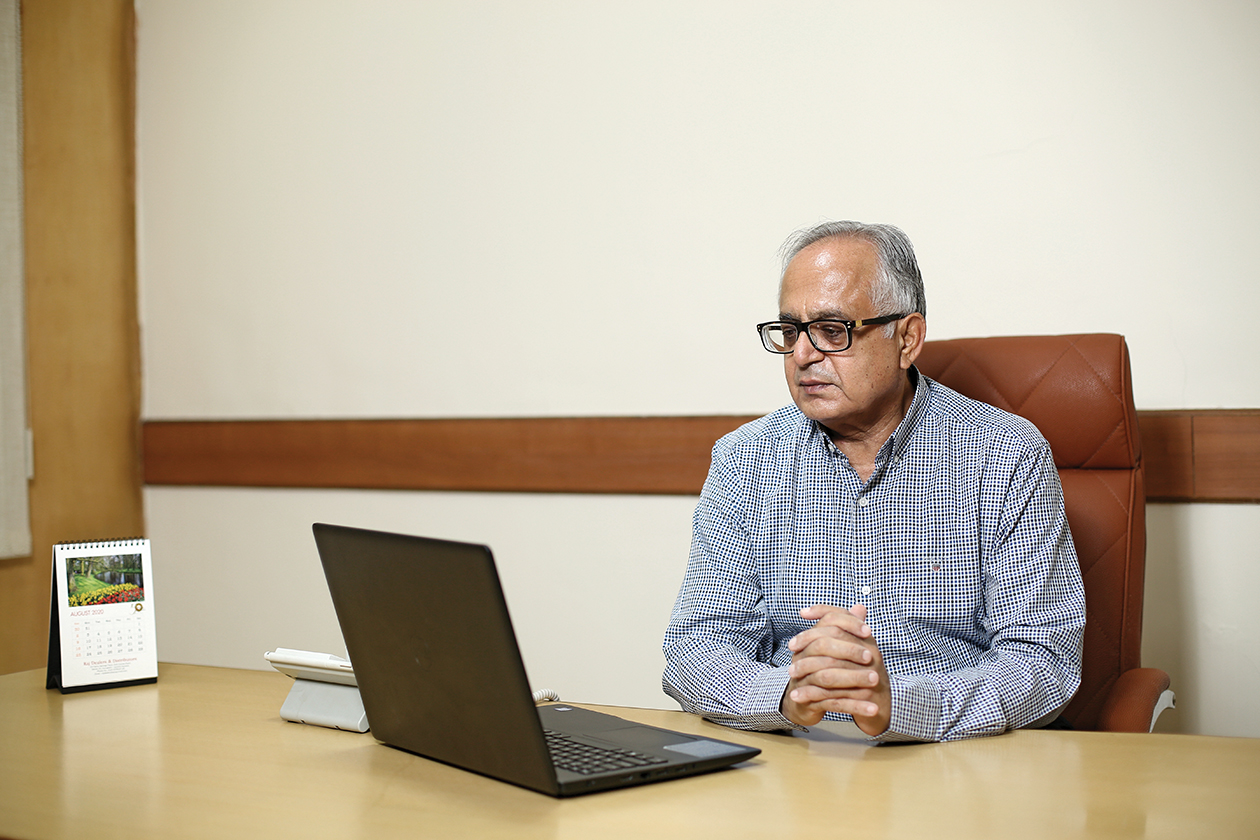
That human factor is the major contributor to the company’s success, Ajay says of his employees. Many of them have worked for the company for more than three decades and some even began with the company at its inception 36 years ago.
Rajinder Bhandari and Ajay’s brother, Anil Satia, have both been with the company for more than 30 years, and Ajay is quick to proclaim his gratitude to them. His younger son Chirag has also joined the company recently. Ajay treats all workers in the unit as members of his “bigger family”, as he calls it.
“This is my priority first, then my family comes next. Our approach to individuals and their ‘connectedness’ sustains long-term stability,” he explains. “Our continued investment in new technologies for growth gives them the motivation to stay, learn and grow with us.”
Leadership plays its role in that assurance, through providing a pivot on which the business can turn to suit circumstances and events. Ajay shares, “I have to take care of them emotionally as well as financially. If they have any problems, I do take care of them. My door is always open, my decisions are quick, and I delegate 100% when and where I find the right people. Delegation with eyes open, while keeping my focus on results, is my way to success.”
That was particularly the case with the onset of the COVID-19 pandemic, when Ajay initiated a series of steps to ensure that all employees, as well as the company’s suppliers, were protected as much as possible.
“I’m providing whoever comes to our facility nowadays with vitamin C and zinc to improve their immunity. Being a doctor, I take care of them,” he says. “We have steam generators at various points in the factory so they can have a steam whenever they want. Every vehicle that enters our plant is sanitised. Every care is being taken.”
On the supply side
With so much invested in new technology, Satia Industries counts on its technology partners to ensure uncompromised operations. There is little leeway for production to be held up for even a short time, so the relationships with equipment suppliers are paramount for ensuring installations and applications meet expectations.
Paper volumes by raw material
Volume of Indian paper products manufactured from: Waste paper/recycled – 58% Wood/bamboo – 25% Agri-residue (bagasse/wheat straw etc) – 17%
It’s a system that works for Ajay, with mutual trust that obligations are met. “I have always trusted the goodness in people, and given our suppliers the opportunity to implement their new technologies in our facility. That has given us both sweet and sour fruits,” he admits.
The secrets to my success are hard work, and my team – genuine interaction with my team.
“Still, I believe mutual trust and personalised connections have helped to build lasting relationships with our company. “My suppliers are a very happy lot, and have strong relations with our plants. I don’t call them suppliers; they are part of the unit. We work as a team, as a family. Of course, through our longstanding relationships, they know that I want quality!” he adds with a laugh.
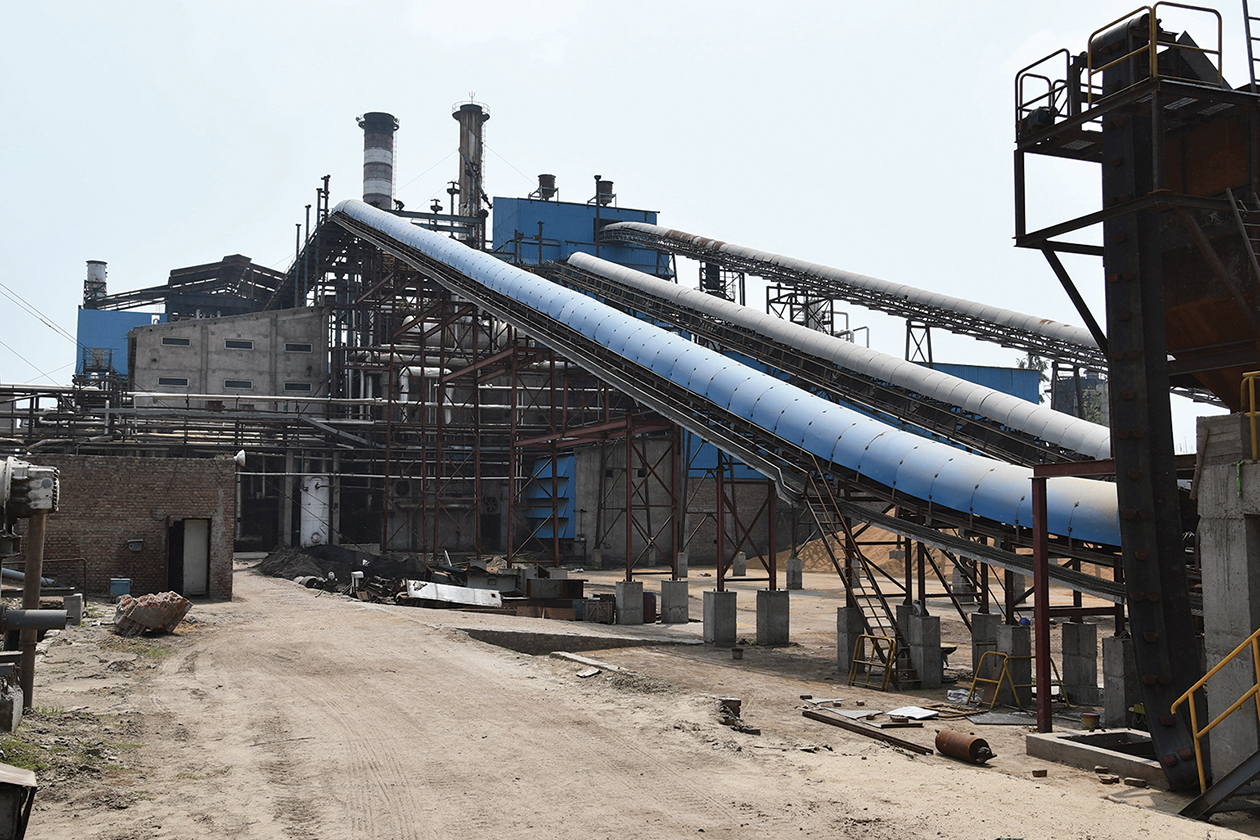
Papering over cracks
The paper industry globally is undergoing substantial changes as several factors influence the use of the material. Newspapers are suffering unprecedented drops in circulation as the news heads online, alongside much of the advertising that financed their long reign as the mainstay of press organisations.
Catalogues, magazines and direct mail have also taken large hits as marketing campaigns also head online. Business processes have also gone to the cloud in large numbers, so the mountains of paper consumed by commercial operations have also decreased significantly.
But packaging paper products have seen an increase in volumes and use as more consumers around the world demand sustainable packaging for products. Mordor Intelligence’s global market overview, ‘Paper Packaging Market – Growth, Trends, and Forecast’ predicts the packaging sector will grow by 4.1% between 2020 and 2025.
Our philosophy is to be the trustee of our stakeholders – our shareholders, banks and society. We are always conscious of our responsibility to the environment and mother earth.
Despite global paper use declining and COVID-19, the Indian paper and board industry is still in a growth phase and looks likely to continue growing for the foreseeable future – even with the sector facing its own business ructions. Per capita paper use in India still lags well behind global averages, although it is rising steadily.
“The paper industry is passing through an extremely tough situation because of lower demand, prices have been driven south thanks to government policies and low capacity utilisation, and all paper manufacturers may not come out of this unscathed,” Ajay predicts.
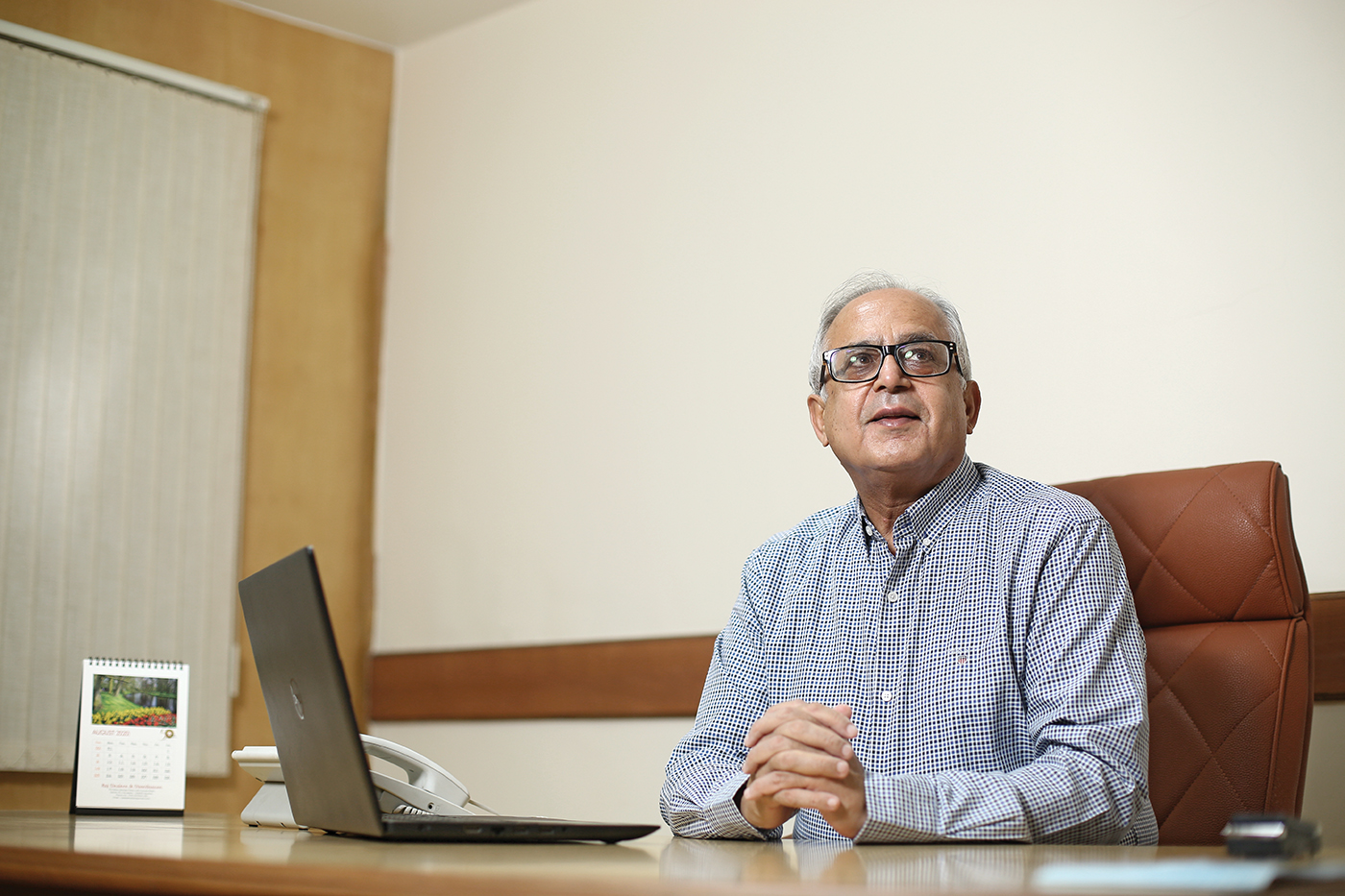
“With my expansion plans already in progress, it is really a big challenge to swim through swollen waters and hope that there are shores nearby to give us strength to sustain, expand and grow as well.”
Indian domestic paper market growth rates
Tissue – 16.75% Kraft paper high BF – 12.39% Virgin fibre based – 11.95% Kraft paper/board – 8.88% Packaging paper/board – 8.51% Copier – 6.15% Total volume of paper products 2018-19 – 18.6 million tonnes/6.42% growth)
Nevertheless, Ajay is confident that his company is on solid foundations in the Indian industry’s future development. That comes in large part through his confidence in growth in demand coming from a new education policy, which will bring more and more children into schools, increase government commitment to spending on education, rising middle level incomes and steady growth in the GDP on a macro front.
Further, relentless investment, his preoccupation with sound relationships with both suppliers and buyers and his decades of experience in riding the waves of business confidence at a micro level will contribute to the company’s success.
“Our philosophy is to be the trustee of our stakeholders – our shareholders, banks and society,” he shares. “We are always conscious of our responsibility to the environment and mother earth and, while growing, we have to make sure that growth is sustainable”.

With his career switch from medicine to business happening 40 years ago, Ajay’s entrepreneurial acumen has had time and space to flourish, although his reading of success is not a complicated one.
“The secrets to my success are hard work, and my team – genuine interaction with my team,” he says simply. When Ajay leaves the office, he finds time to volunteer his skills to local community organisations. It’s a way of giving back, he says.
“I keep busy with my family and friends, and my engagements as President of an educational society running four schools, giving quality education to weaker sections of society, including girls and blind children,” he says.
Does Ajay regret his decision of 40 years ago? Not at all, he says matter-of-factly. He has a business he built from scratch, which is prospering despite numerous obstacles, and a legacy of which he is very proud. He has also contributed in no small way to the maturity and progress of the Indian papermaking industry and changed its environmental legacy forever.
“I can assure you that my business will be, technologically, one of the best outfits in India, and on par with the best units in the world,” he exclaims. “This is my journey, which I started in 1984. When I hang up my shoes, my unit should be one of the best in the world. That is my passion.”
Proudly supported by:
